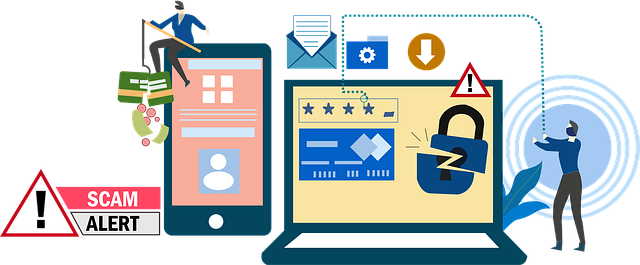In today’s digital landscape, website security is of utmost importance. With cyber threats becoming increasingly sophisticated, it is crucial to protect your website and the sensitive data it holds. However, many website owners unknowingly make security mistakes that leave their sites vulnerable to attacks. To help you safeguard your website, we have compiled a list of common website security mistakes to avoid.
Weak Passwords
Using weak passwords is one of the most common mistakes made by website owners. Avoid using simple, easily guessable passwords such as “123456” or “password.” Instead, create strong passwords that include a combination of uppercase and lowercase letters, numbers, and special characters. Additionally, consider using a password manager to securely store and generate complex passwords for your various accounts.
Outdated Software
Failing to update your website’s software, including content management systems (CMS), plugins, and themes, is a significant security risk. Outdated software often contains vulnerabilities that hackers can exploit. Regularly check for updates and install them promptly to ensure that your website is protected against the latest threats. Enable automatic updates whenever possible to streamline the process.
Read: How To Fix Pharma Hack In WordPress
Lack of SSL Certificate
An SSL (Secure Sockets Layer) certificate encrypts the data transmitted between a user’s browser and your website, ensuring secure communication. Without an SSL certificate, sensitive information such as passwords, credit card details, and personal data can be intercepted by attackers. Install an SSL certificate on your website to establish a secure connection and display the padlock symbol in the browser’s address bar, indicating that your site is safe for users.
Insufficient Backup Strategy
Failing to have a proper backup strategy is a serious oversight. Backups serve as a safety net in case your website is compromised or experiences data loss. Regularly back up your website’s files and databases, and store the backups in a secure offsite location. Automate the backup process to ensure consistency and reliability. Test your backups periodically to ensure they can be successfully restored if needed.
Lack of Web Application Firewall (WAF)
A web application firewall (WAF) is a security measure that filters and monitors incoming web traffic, protecting your website from malicious attacks. Implementing a WAF can help detect and block common security threats such as SQL injections and cross-site scripting (XSS). Consider using a reputable WAF service or installing a WAF plugin specifically designed for your CMS platform.
Read: How To Maximize Your Site’s Online Privacy With VPS UK Hosting
Neglecting User Permissions
Failing to manage user permissions effectively can lead to security breaches. Restrict user access to sensitive areas of your website and grant permissions only to trusted individuals who require them. Regularly review and update user roles and permissions to ensure that access levels align with the responsibilities of each user. Remove unnecessary accounts and disable default or unused admin accounts.
Lack of Malware Scanning and Monitoring
Regularly scanning your website for malware is crucial to identify and eliminate any malicious code or files. Utilize security plugins or services that offer malware scanning and monitoring features. Set up alerts to notify you immediately if any suspicious activity is detected. Promptly investigate and take action to remove malware and strengthen your website’s security.
Read: How To Remove Japanese Keyword Hack From WordPress
Failure to Secure Forms and User Input
Unsecured forms and user input fields can be exploited by attackers to inject malicious code or gain unauthorized access to your website. Implement measures such as input validation, CAPTCHA, and secure form handling to prevent common vulnerabilities like cross-site scripting (XSS) and SQL injections. Be diligent in testing and validating user input to ensure the integrity of your website’s data.
Ignoring Security Headers
Security headers provide an additional layer of protection by defining certain policies and instructions for web browsers. Implementing security headers, such as Content Security Policy (CSP) and HTTP Strict Transport Security (HSTS), can mitigate various security risks, including cross-site scripting (XSS) and clickjacking attacks. Research and implement the appropriate security headers for your website to enhance its security posture.
Lack of Ongoing Security Audits
Regularly conducting security audits is essential to identify vulnerabilities and address any weaknesses in your website’s security infrastructure. Consider hiring a professional security firm to perform a comprehensive security audit and penetration testing. Implement their recommendations to enhance your website’s security and stay proactive against emerging threats.
To Sum Up
By avoiding these common website security mistakes, you can significantly enhance your website’s security and protect your valuable data and user information. Stay vigilant, keep your software up to date, and implement robust security measures to ensure a safe and secure online presence.

